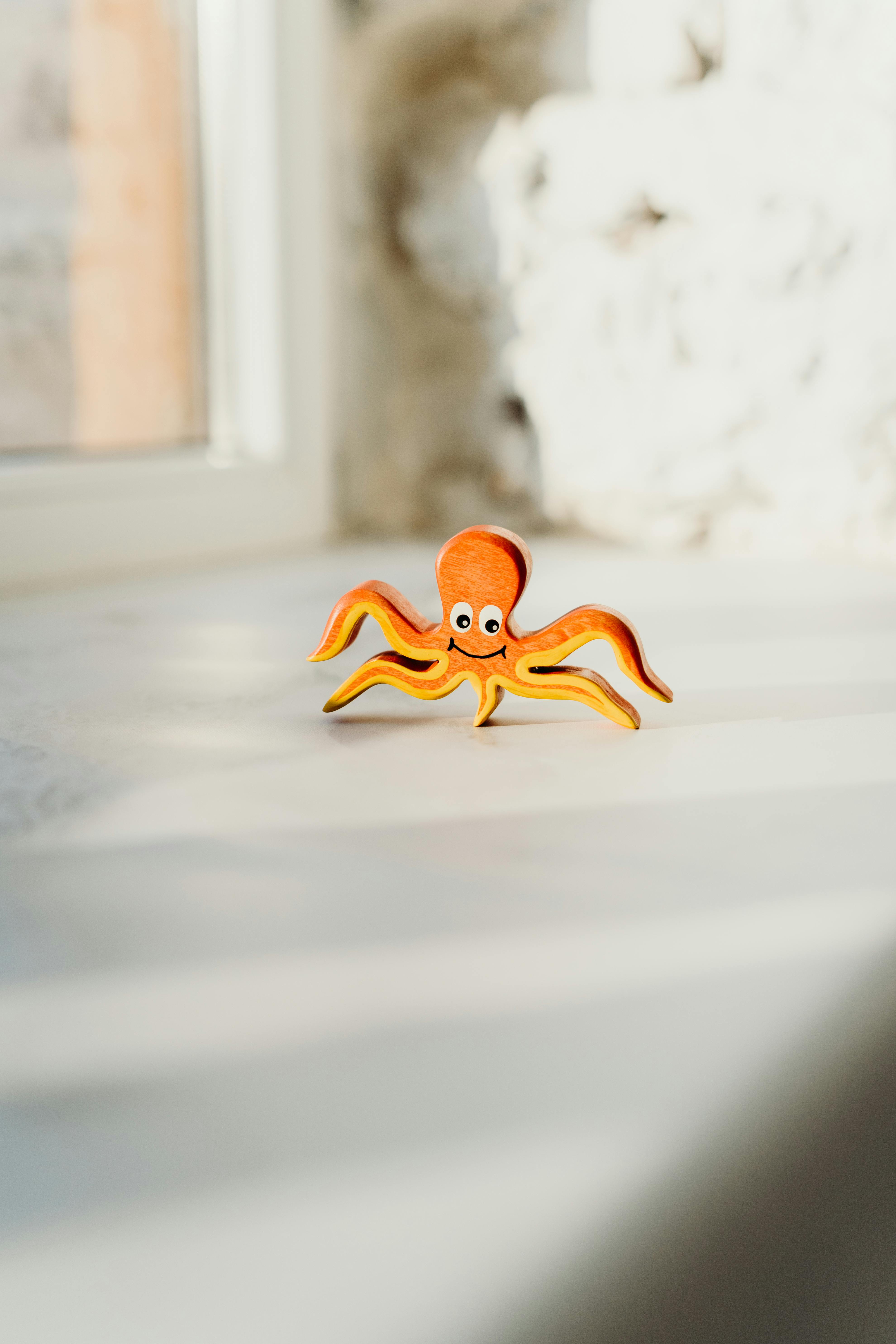Welcome to the World of Pet Microchipping: A Comprehensive Guide
Microchipping! A word that brings a sense of relief to many pet owners worldwide. As technology has advanced, so too has the methods in which we care for our beloved pets. This article dives into the fascinating world of pet microchipping, exploring its history, the current trends, and the impacts it has had on the pet industry.
From Concept to Reality: The History of Pet Microchipping
Pet microchipping is not a new phenomenon. The idea of implanting a chip in a pet for identification purposes dates back to the 1980s. A British veterinarian named John Payne-Jones and engineer Alan Slater are credited with developing the first microchip for animals. Their invention was based on Radio-frequency identification (RFID) technology, which has been used in various industries for tracking and identification purposes.
The Present State of Pet Microchipping
Fast forward to today, pet microchipping has become a standard procedure in many countries. The American Veterinary Medical Association and the American Animal Hospital Association both recommend microchipping pets. In the United Kingdom, it has been a legal requirement to have dogs microchipped since 2016. This trend has led to an increase in the number of companies that manufacture and provide microchipping services.
The Price and Impact on the Market
The cost of microchipping a pet can vary, but it usually ranges between $25 to $50. This one-time fee covers the chip’s implantation and registration in a national database. The introduction of microchipping has had a significant impact on the pet industry. It has created a new market segment, with numerous companies competing to offer the best microchipping services. Additionally, it has also resulted in the development of related products, such as scanners and database services.
Fact-Checking: The Science Behind Microchipping
Microchips are about the size of a grain of rice and are usually implanted between the shoulder blades of the pet. Each chip contains a unique identification number that can be read with a scanner. Despite the common misconceptions, a microchip is not a GPS and cannot track your pet’s location. However, it can significantly increase the chances of a lost pet being returned to its owner. According to a study published in the Journal of the American Veterinary Medical Association, microchipped dogs were returned to their owners 52.2% of the time, compared to 21.9% for non-microchipped dogs.
Making Sense of It All: The Significance of Microchipping
Pet microchipping may seem like a simple procedure, but it has had a profound impact on pet care. It provides a reliable form of identification that can last a pet’s lifetime. It has helped reunite thousands of lost pets with their owners, reducing the number of animals in shelters. Understanding this technology and its benefits can help pet owners make informed decisions about their pet’s care.
In conclusion, pet microchipping is a fascinating topic that combines technology and pet care. From its humble beginnings in the 1980s to its widespread use today, it has revolutionized the way we identify and track our pets. As technology continues to evolve, who knows what the future holds for pet identification. But for now, microchipping offers a reliable and effective solution.





